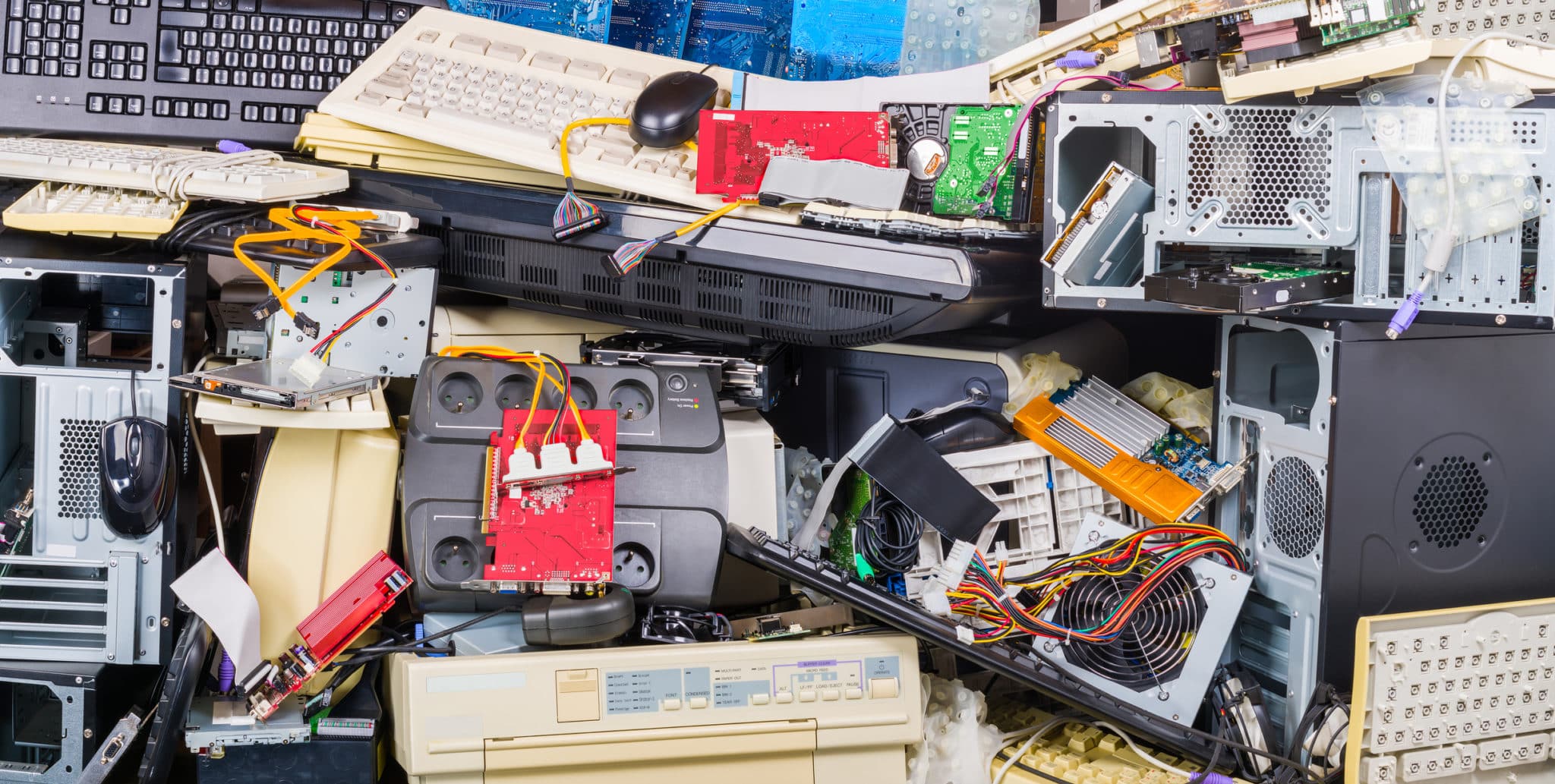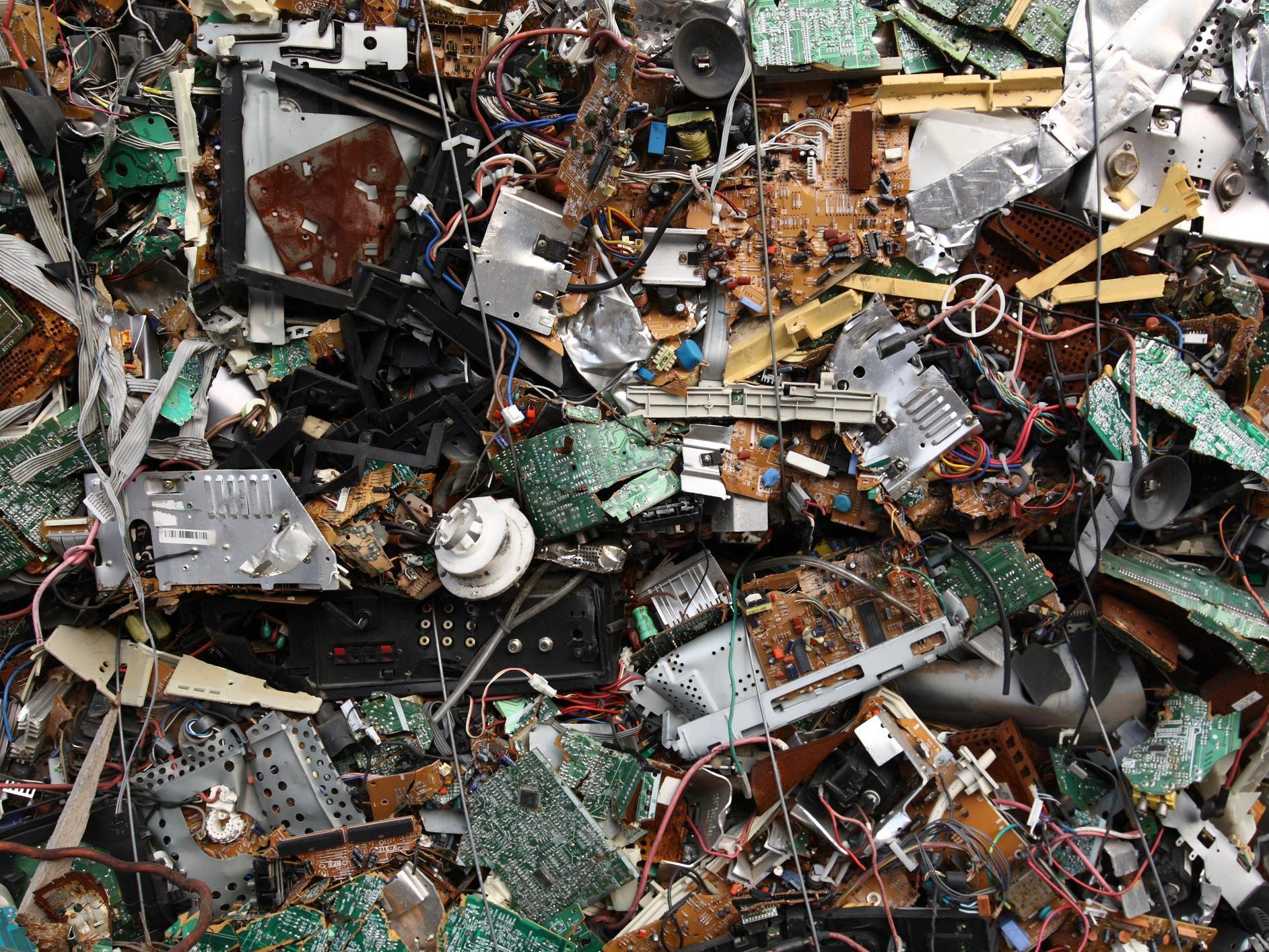What Does Recycling Lives Services Do?
Table of ContentsAn Unbiased View of Recycling Lives ServicesSome Ideas on Recycling Lives Services You Need To KnowFacts About Recycling Lives Services RevealedAn Unbiased View of Recycling Lives ServicesThe Main Principles Of Recycling Lives Services

In addition, all Oxfordshire local authorities approve vapes and e-cigarettes as a separate kerbside collection. Non reusable vapes be put inside your wheelie containers. Exactly how they are collected in each location varies a little; check you have the proper info for your location. Utilize the Waste Wizardsearch device to inspect just how your local authority accumulates this waste or find various other drop-off locations in your area.
Portable batteries the kind you discover in small portable tools can likewise be recycled at the kerbside however not inside any one of your bins. Inspect the Waste Wizard for how to do this in your area. Bigger stores that sell batteries also have collection factors for reusing old batteries. Batteries should always be gotten rid of from electrical products where they are made to do so and recycle individually, Energy-saving, LED and portable fluorescent light bulbs and tubes can be recycled at our recycling centres.
See This Report about Recycling Lives Services
Older-style filament or halogen light bulbs can be thrown away in your basic rubbish container in the house. Some do it yourself shops also have collection points for light bulbs. Small electric things (small enough to suit a service provider bag) can be reused at our waste recycling centres or at the kerbside. recycling lives services.

How Recycling Lives Services can Save You Time, Stress, and Money.
Electrical items are broken down into different pasts to make sure that the different materials they are comprised of can be gotten rid of and reused. Waste reusing centres are for use by homeowners only and can decline waste from business sources. Nonetheless, local business and traders have a task of treatment under this scheme, which means they additionally have to abide by the WEEE policies.
E-waste, electronic waste, e-scrap and end-of-life electronics are terms often used to define used electronics that are nearing completion of their beneficial life, and are disposed of, contributed or provided to a recycler. The UN specifies e-waste as any kind of thrown out items with a battery or plug, and features poisonous and unsafe materials such as mercury, that can present Full Report serious risk to human and ecological wellness.
Fascination About Recycling Lives Services
Just 17.4% of this electronic waste, having a blend of unsafe substances and precious products, will be videotaped as being correctly accumulated, treated and reused - https://recycling-lives-services.jimdosite.com/. Several efforts are undertaken to tackle this expanding worry, but none of them can be totally efficient without the energetic function and correct education of customers

Extracting thrown out electronic devices produces 80% much less exhausts of carbon dioxide per unit of gold compared with mining it from the ground. In 2015, the extraction of basic materials represented 7% of the globe's energy consumption. This implies that moving towards making use of even more additional raw materials in electronic goods could help significantly in reaching the targets laid out in the Paris Contract on environment adjustment.
Indicators on Recycling Lives Services You Should Know
Every gadget ever before created has a carbon footprint and is adding to human-made worldwide warming. Produce a tonne of laptops and possibly 10 tonnes of carbon dioxide are produced. When the co2 launched over a gadget's lifetime is thought about, it primarily occurs throughout production, before customers acquire a product. This makes reduced carbon processes and inputs at the manufacturing stage (such as usage recycled raw products) and item lifetime vital factors of overall environmental impact.
Also in the EU, which leads the world in e-waste recycling, just 35% of e-waste is officially reported as properly gathered and reused. Internationally, the average is 20%; the staying 80% is undocumented, with much winding up hidden under the ground for centuries as garbage dump. E-waste is not eco-friendly. The lack of reusing taxes the international electronic sector and as devices end up being extra various, smaller and much more intricate, the issue intensifies.
The continuing to be mass of e-waste generally plastics tied with steels and chemicals poses a more intractable problem. A new vision for the manufacturing and usage of digital and electric items is required. It is easy for e-waste to be framed as a post-consumer problem, but the problem includes the lifecycle of the tools everyone uses.